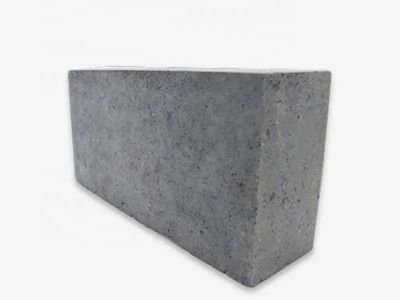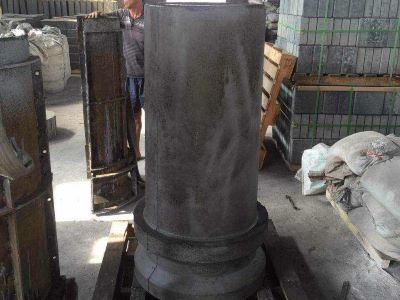In industries like cement, metallurgy, and chemicals, rotary kilns are core equipment, and the performance of their lining materials directly impacts kiln efficiency, production costs, and service life. Traditional refractory materials like high-alumina bricks and clay bricks often suffer from short lifespans and high energy consumption under complex operating conditions. In recent years, silicon carbide bricks, owing to their three key advantages, have become a new upgrade option for rotary kiln linings.
1.Advantage 1: Extremely high temperature resistance, double the life of the lining
Rotary kilns typically operate at temperatures of 1300-1500°C. Traditional materials are susceptible to softening, creep, and even cracking and spalling under prolonged high temperatures.

Silicon carbide (SiC), the main component of silicon carbide bricks, has a melting point of up to 2700°C and maintains a stable crystal structure up to 1600°C, with virtually no performance degradation.
Experimental data shows that under the same operating conditions, the service life of silicon carbide bricks is two to three times that of traditional high-alumina bricks, and in some high-temperature kiln applications, can even exceed five years.
This means significantly reduced kiln maintenance downtime and increased equipment operating time, saving companies significant maintenance costs.
2.Advantage 2: High thermal conductivity, significant energy saving and consumption reduction effects
During operation, up to 30%-40% of heat is lost through the lining of a rotary kiln. Traditional refractory materials have low thermal conductivity (typically 1.0-2.0 W/(m·K)), resulting in significant energy waste.
Silicon carbide bricks have a thermal conductivity of 10-20 W/(m·K), 5-10 times that of traditional materials. This allows heat to be transferred more efficiently to the kiln contents, reducing heat loss through the furnace walls.

3.Advantage 3: Super strong corrosion resistance, greatly reduced maintenance costs
Materials in rotary kilns often contain acidic or alkaline components (such as calcium oxide in cement clinker and iron oxide in metallurgical slag). Traditional materials easily react chemically with these substances, forming low-melting-point compounds that can erode the lining and cause slagging.
Silicon carbide bricks offer excellent chemical stability and are virtually unreactive in acidic and alkaline environments. They also boast a surface hardness of up to 9.5 on the Mohs scale, far exceeding the 6-7 of traditional materials, making them resistant to material abrasion and erosion.
From extending service life to reducing energy consumption, and from reducing maintenance to enabling greener production, the three key advantages of silicon carbide bricks not only address the pain points of traditional lining materials but also significantly improve the operating efficiency of rotary kilns.
As industrial technology evolves towards higher efficiency, energy conservation, and environmental protection, silicon carbide bricks will undoubtedly become the mainstream choice for rotary kiln linings, injecting new momentum into global industrial upgrading.
